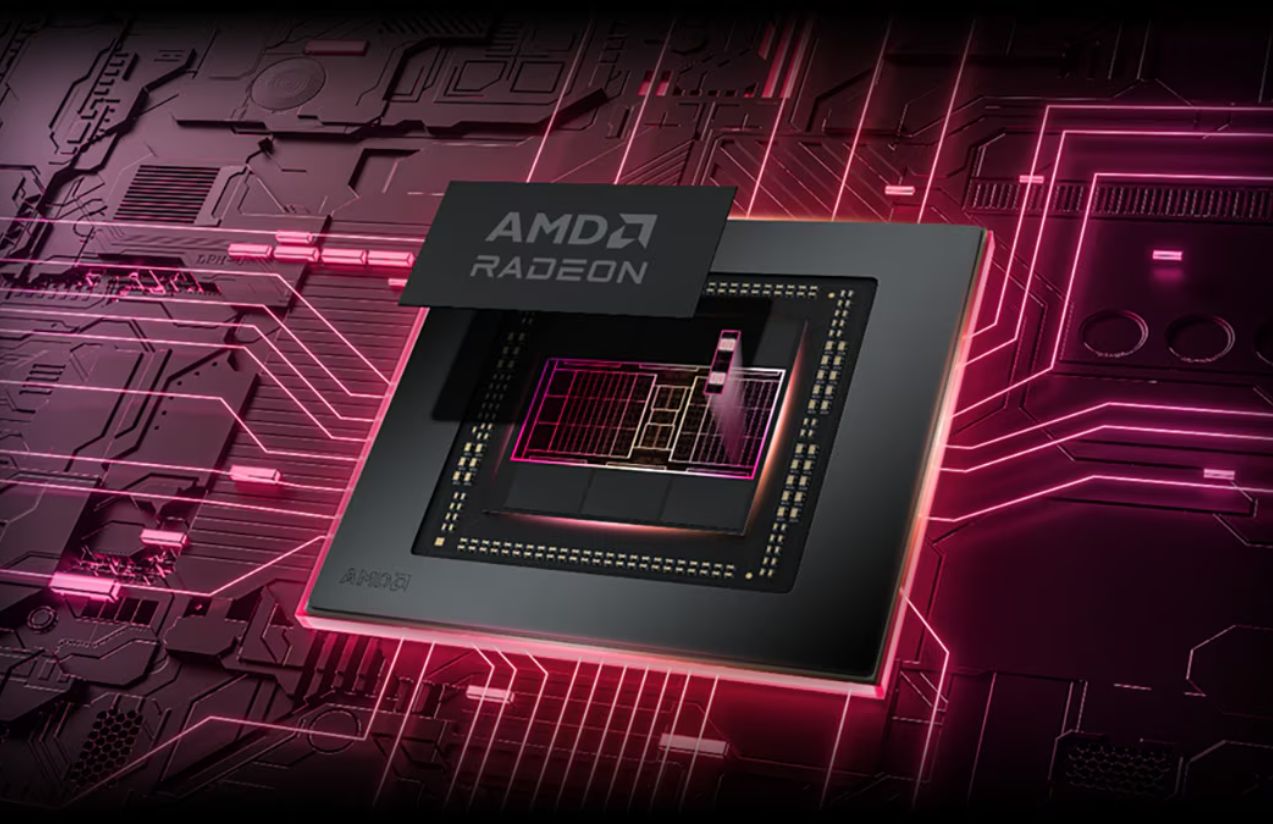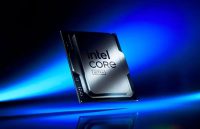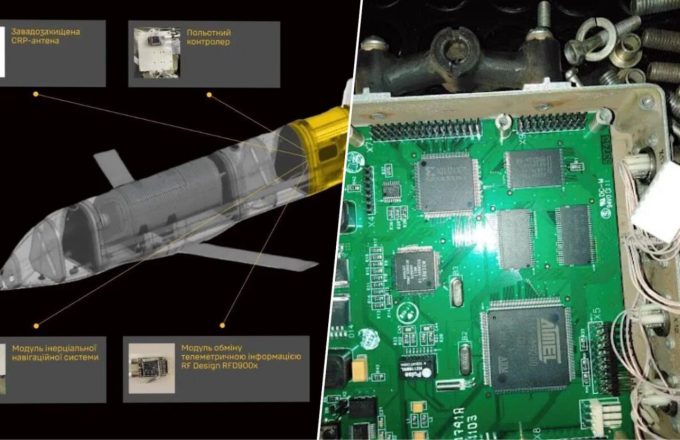The arrival of AMD’s new Radeon RX 9000 graphics cards is imminent, and as the launch date approaches, more details about their specifications are emerging. This morning, AMD provided information on how the BIOS of each system will affect GPU performance. However, new technical data has surfaced, raising concerns about excessively high VRAM temperatures.
One of the biggest challenges in PC hardware is temperature management. Some models are designed to deliver extreme performance, even at the cost of exceeding recommended heat levels. Keeping these temperatures in check is crucial, as excessive heat in a critical component can lead to serious technical issues. One major concern is Thermal Throttling, which reduces hardware performance when temperatures get too high.
forum / media CHH评测室 shared two screenshots of gpuz of some xt cards, calling out bad cooling on gddr6 vram.https://t.co/RwowRdYFwc
nApoleon, the founder of chh:
Previously, I only paid attention to the GPU temperature and ignored the video memory. The result is good… The… pic.twitter.com/r1ytuyZNky— UNIKO’s Hardware 🌏 (@unikoshardware) March 3, 2025
It’s common for new hardware models to introduce changes compared to previous generations, especially when manufacturers aim to boost power and efficiency. In the case of graphics cards, both NVIDIA and AMD have increased power consumption in certain models to maintain the performance levels they promise. However, just like with NVIDIA’s RTX series, AMD may have overlooked a significant issue.
The problem lies in the temperatures reached by the VRAM. Unlike its main competitor, AMD continues using GDDR6 in this new generation, claiming an average 20% performance boost when gaming at 1440p. However, recent tests on the RX 9070 XT reveal a concerning issue: while the GPU maintains relatively normal temperatures, the VRAM gets alarmingly hot.
Tests conducted in different scenarios show that while the GPU’s average temperature stays at 48°C and the hotspot at 63°C, the VRAM reaches a worrying 88°C. In another test, under heavier workloads, the GPU temperature rises to 60°C and the hotspot to 79°C, but the VRAM shoots up to 95°C—nearly the limit for many memory chips.
Although this is unusual, considering the Total Board Power (TBP) is 237 W while RX 9070 XT models start at 260 W, it could be a bug or a design issue. However, another test shows a TBP of 329 W, suggesting this is a real problem. It remains unclear whether the issue affects only specific manufacturers or if it is a widespread concern. We’ll have to wait for the official release to get more answers.



















